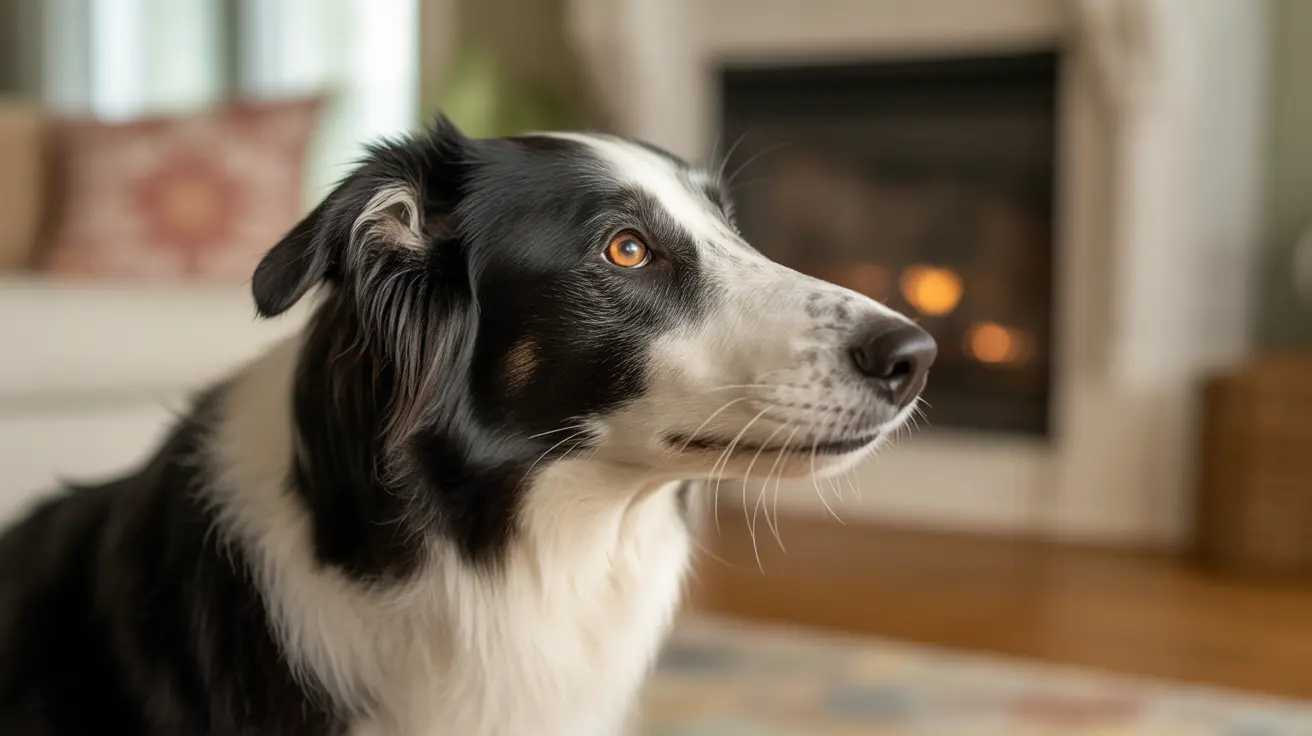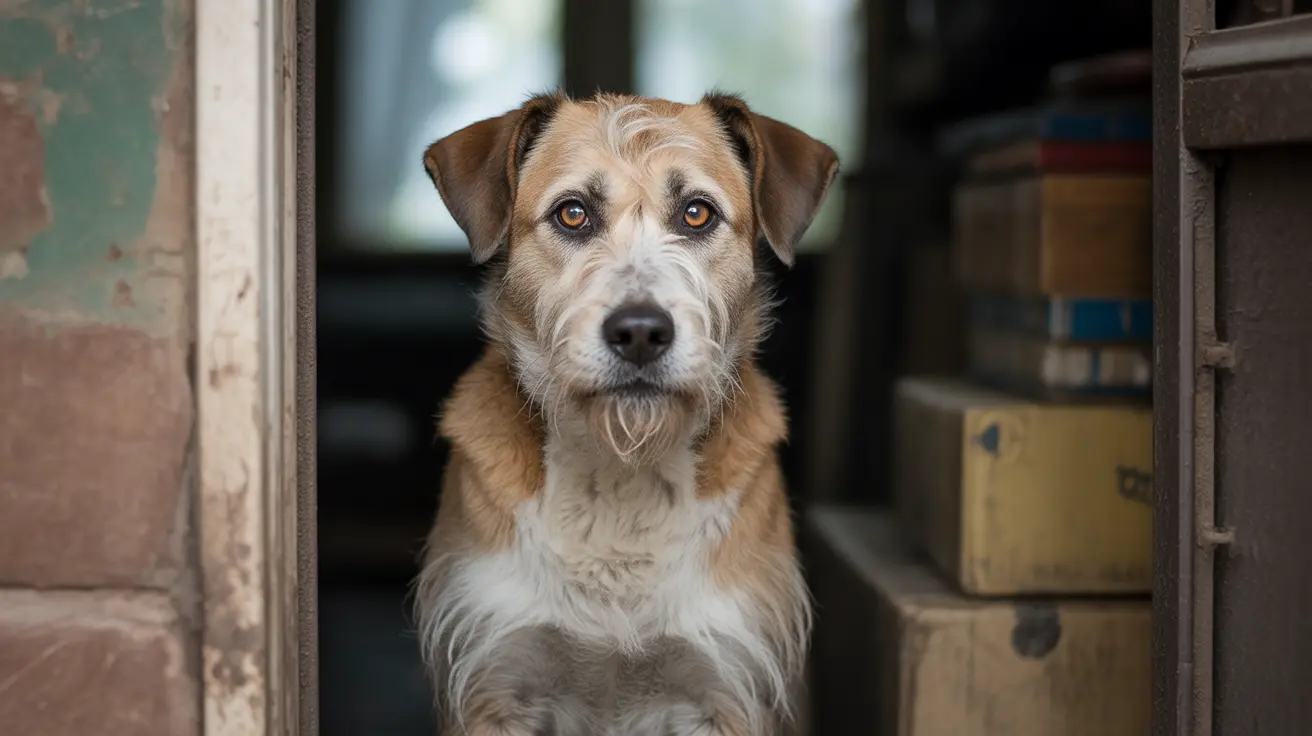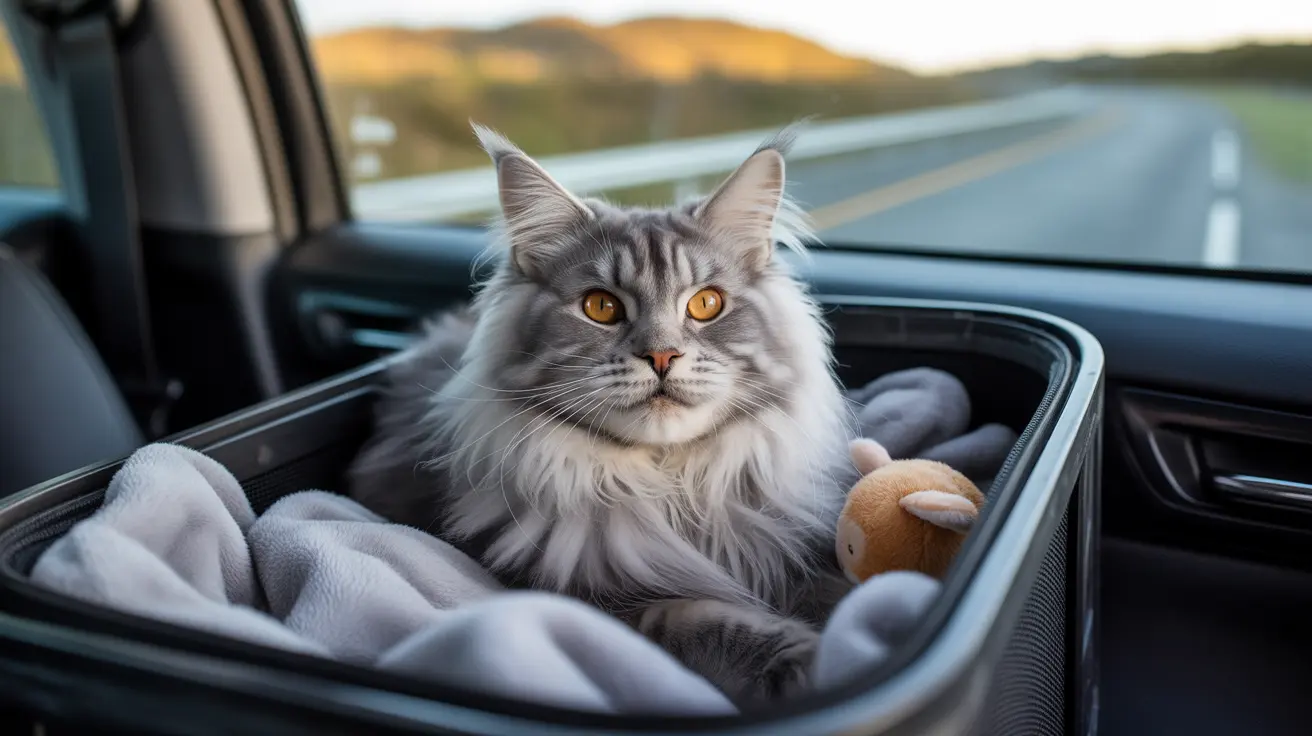The unique bond between humans and dogs is more than just a feeling - it's grounded in fascinating scientific evidence and thousands of years of co-evolution. From the release of "love hormones" to specific behaviors that demonstrate affection, dog love is a complex and beautiful phenomenon that deserves deeper exploration.
Whether you're a new pet parent or have shared your life with dogs for years, understanding the science and signs of canine affection can help you build an even stronger connection with your furry friend. Let's dive into what makes this interspecies bond so special and how it manifests in both dogs and their human companions.
The Biology of Dog Love: More Than Just Emotions
The foundation of dog love lies in powerful biological mechanisms. When dogs and humans share gentle eye contact, both species experience a surge in oxytocin, often called the "love hormone." This same hormone is responsible for the bond between human parents and their children, highlighting the depth of the dog-human connection.
Research using MRI scans has revealed that dogs process emotions using similar brain regions and neurotransmitters as humans. This biological similarity helps explain why the emotional connection between dogs and their owners feels so genuine and profound.
How Dogs Express Their Love
Dogs communicate their affection through various behaviors, each carrying its own significance:
Physical Signs of Affection
- Tail wagging (especially the "helicopter" motion)
- Full-body wiggles and excited jumping
- Leaning against or snuggling with their owners
- Bringing favorite toys as gifts
Behavioral Demonstrations
- Following their owners from room to room
- Seeking eye contact and maintaining soft gazes
- Displaying protective behaviors
- Responding eagerly to commands and cues
Building a Stronger Bond with Your Dog
Strengthening your connection with your dog involves understanding and responding to their unique way of expressing love. Here are several proven methods to deepen your bond:
Quality Time and Engagement
- Regular exercise and playtime
- Training sessions using positive reinforcement
- Interactive games and mental stimulation
- Consistent daily routines
Physical Connection
- Gentle petting and grooming
- Massage and appropriate touch
- Respecting their personal space
- Reading their body language
The Health Benefits of Dog Love
The human-dog bond offers remarkable health advantages for both species. Studies show that interacting with dogs can lower stress hormones, reduce blood pressure, and increase feelings of happiness and well-being. Dog owners often experience lower rates of depression and maintain more active lifestyles.
For dogs, secure attachments to their owners lead to reduced anxiety, better behavioral outcomes, and improved overall health. This mutually beneficial relationship creates a positive feedback loop of affection and well-being.
Frequently Asked Questions
How do dogs show love and affection to their human owners?
Dogs demonstrate love through various behaviors including tail wagging, following their owners, seeking physical contact, bringing gifts, and showing excitement during reunions. These actions are backed by biological responses, including the release of oxytocin during positive interactions.
What role does oxytocin play in the bond between dogs and people?
Oxytocin, known as the "love hormone," is released in both dogs and humans during positive interactions, especially during eye contact. This hormone strengthens emotional bonds and creates feelings of trust and attachment between species.
How can I strengthen the emotional connection and love with my dog?
Strengthen your bond through regular quality time, positive reinforcement training, consistent routines, and appropriate physical affection. Pay attention to your dog's individual preferences and respect their boundaries while engaging in activities they enjoy.
Why do dogs follow their owners everywhere and what does it indicate?
Dogs follow their owners as a sign of attachment, trust, and social bonding. This behavior, known as "velcro dog syndrome," indicates strong emotional attachment and a desire to maintain proximity to their trusted human companion.
How does mutual eye contact between dogs and humans affect their relationship?
Gentle, mutual eye contact between dogs and their owners triggers the release of oxytocin in both parties, strengthening their emotional bond. This unique interaction distinguishes dogs from other animals and reflects their special co-evolutionary history with humans.
Conclusion
The love between dogs and humans is a remarkable example of interspecies bonding, supported by both scientific evidence and everyday experiences. By understanding and nurturing this special connection, we can create even more meaningful relationships with our canine companions while enjoying the numerous benefits this bond provides for both species.






